If you have read the first part of this series of blog posts, you will probably remember how Peter describes the influence of circular moves on movement sequences. How round movements play an important role when looking at the musculature, be it in terms of holistic activation, stabilization, functionality in everyday life or coordination. Or what role physics plays when centrifugal and centripetal forces act in correspondingly round movements.
In this part, Peter zooms in on specific considerations. Which ones? Let him surprise you...

Peter Öttler
BailongBall enthusiast, trainer & TBBF board member

Eurhytmia
(an anthroposophical art of movement)

Spiral dynamics
The natural spiral movement of the body is regarded as the basic principle of spiral dynamics. Incorporating spirals into movement processes helps to increase functional mobility and reduce stress on the joints.
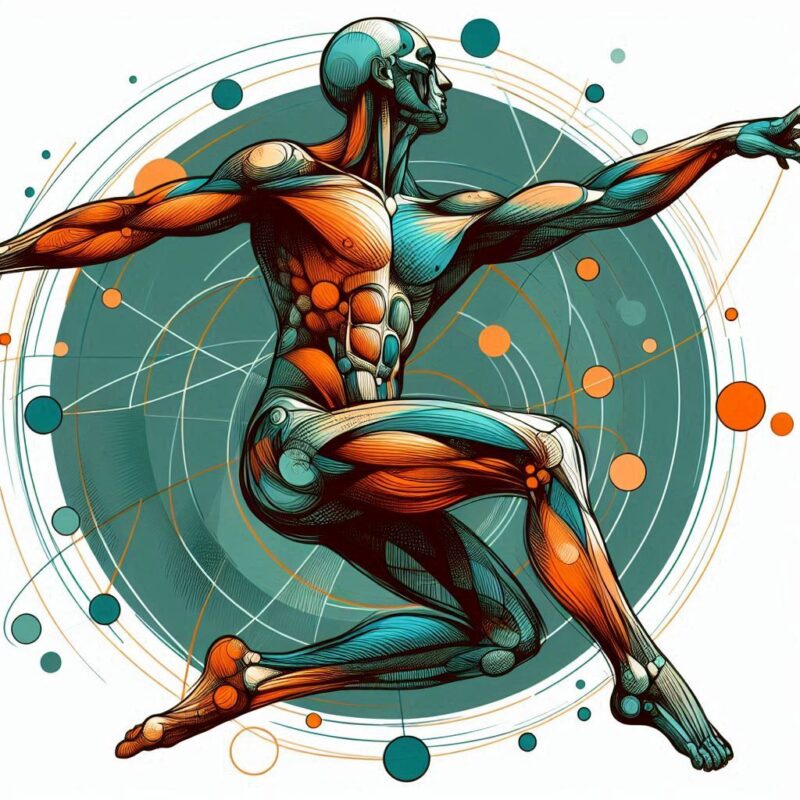
Anatomy and movement science
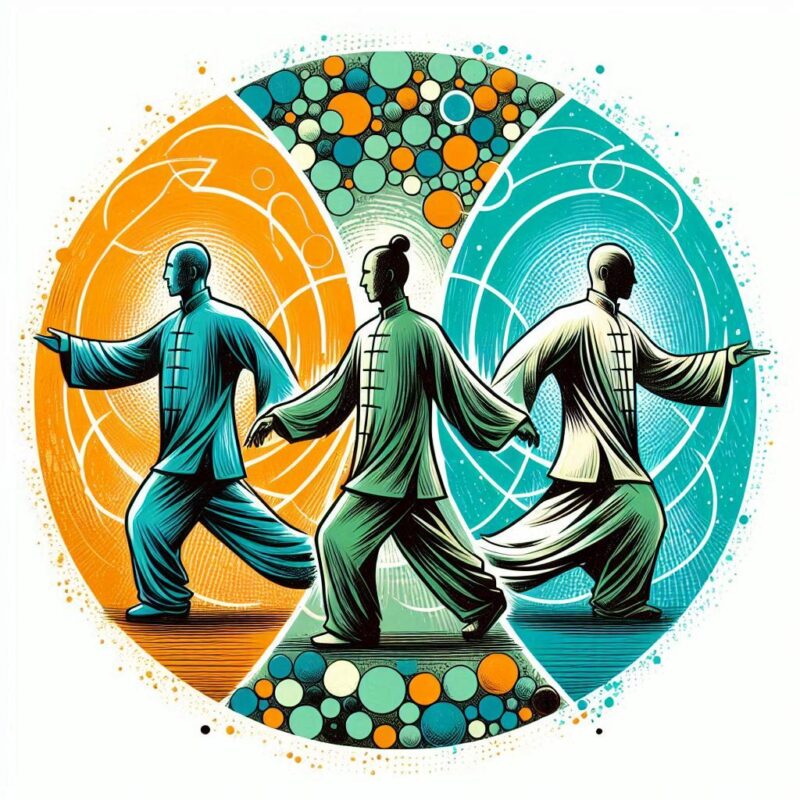
Taichi Chuan QiGong Baguhazang
Flow and continuity
Centering and stability
Relaxation and suppleness
Energy work
Meditative aspects
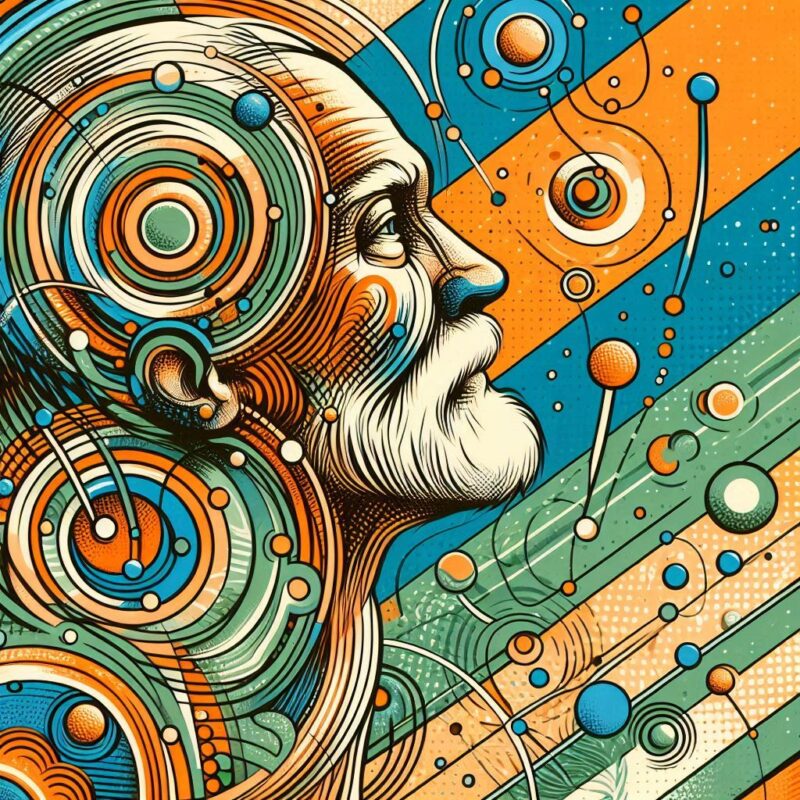
Geriatrics and circular movements
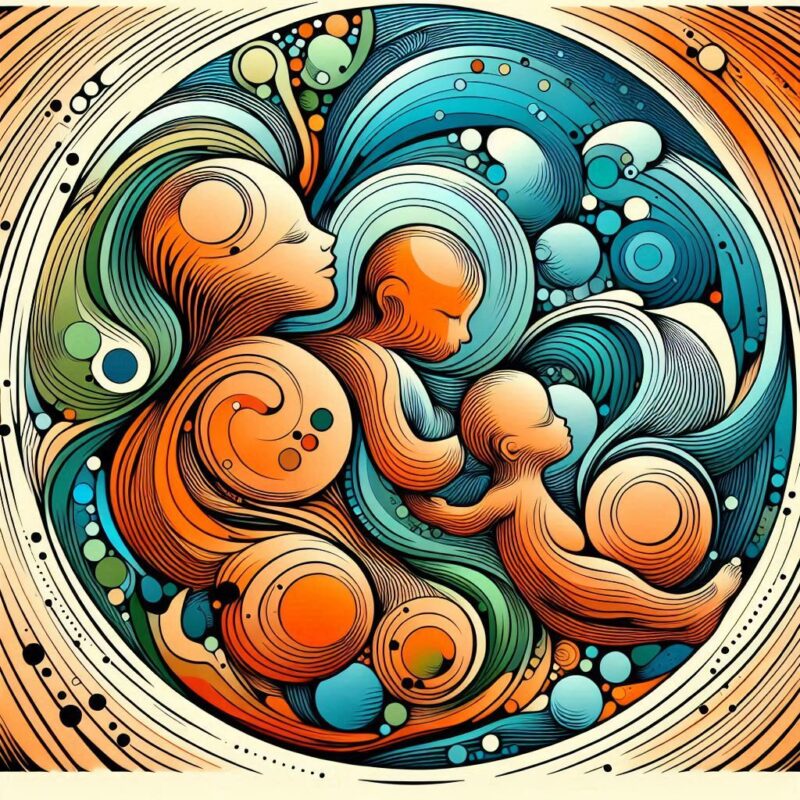
Pediatrics
Coordination and balance
Flexibility and mobility
Strengthening the muscles
Stress reduction and relaxation
Concentration and focus
Social interaction
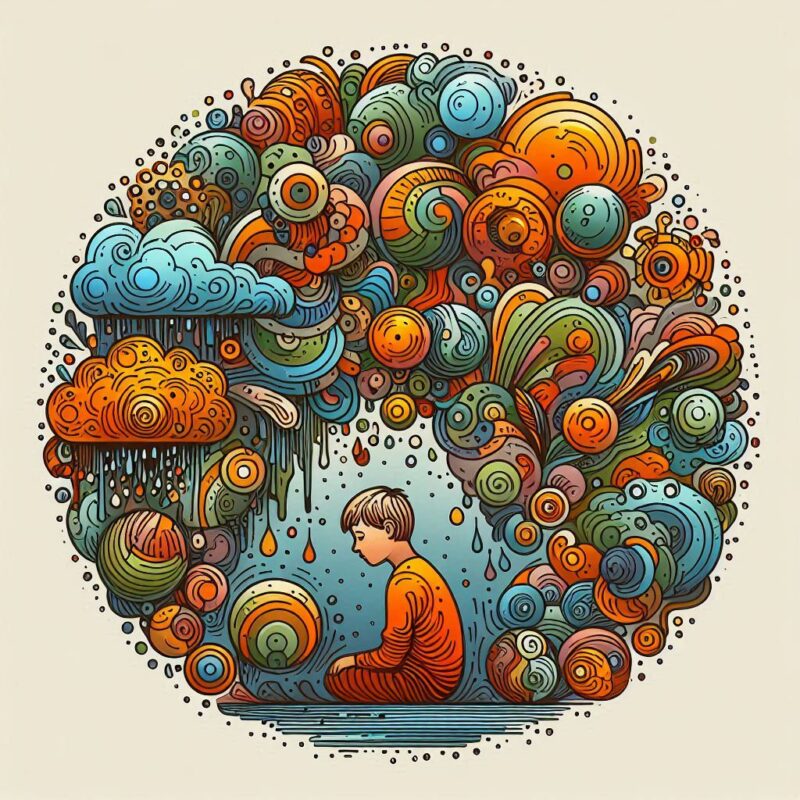
Child and adolescent psychiatry
Circular movements are not used directly in child and adolescent psychiatry, but are used in other contexts such as developmental pediatrics, rehabilitation and group work.
However, circular movements can be used as part of a comprehensive movement therapy or training program to promote the motor and social skills of children and young people.
You see, no matter how you look at it, the round plays an important role in our lives and thus goes far beyond the geometric. But what role does it play in our sport? What does our sport make of it and what role can it play as a result?
Read this and more in the last part of this multi-part blog post.
Peter Öttler
BailongBall Trainer

Immer wenn es spannend wird …..
Lieber Peter, vielen Dank für deinen überaus interessanten Beitrag mit diesen vielen Hintergrundinfos. Da ist vieles, über das ich mir noch nie Gedanken gemacht habe. Ich freue mich schon auf die Fortsetzung (Teil 2, Teil 3?).
Hallo Peter, herzlichen Dank für diese super Hintergrundinformationen!